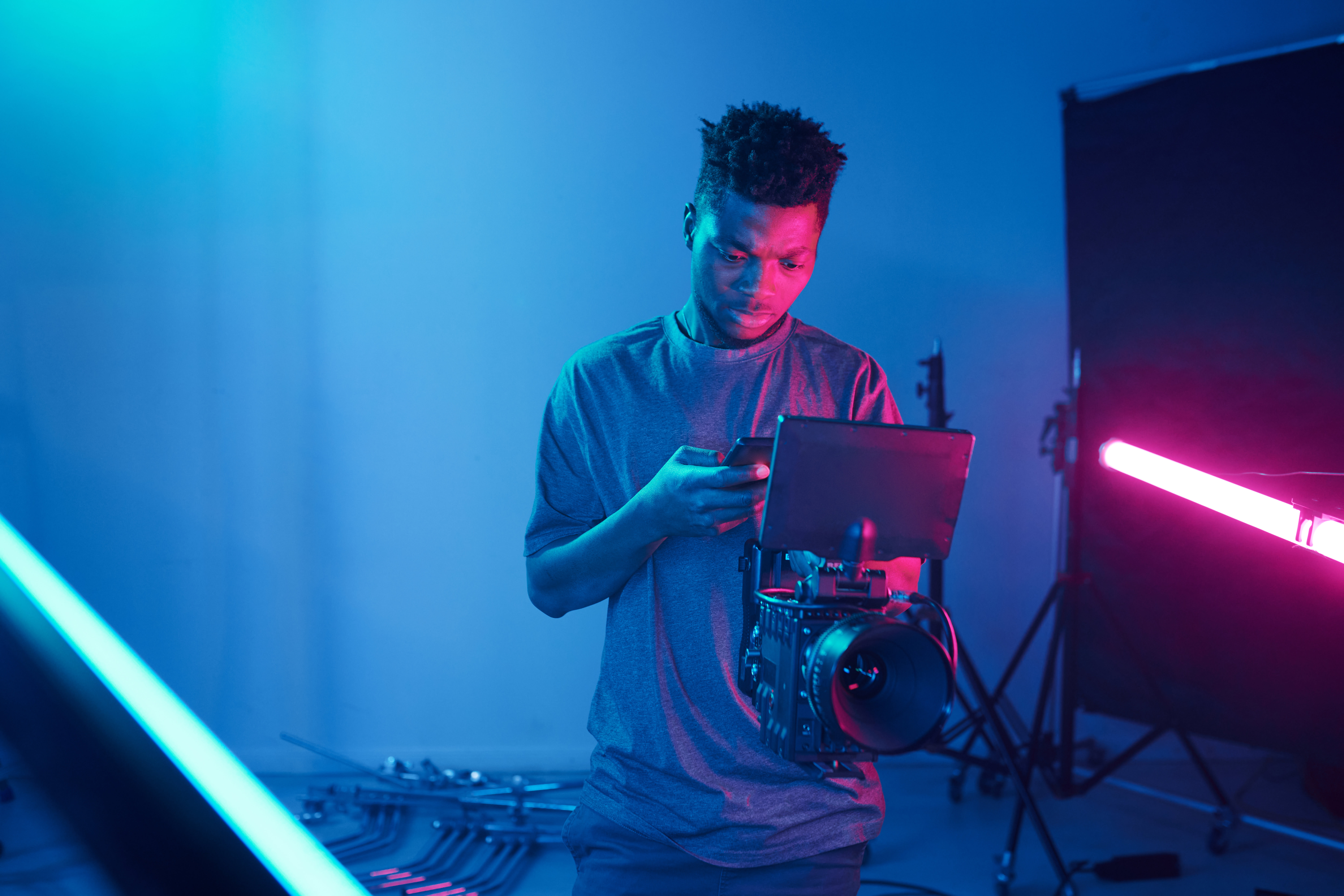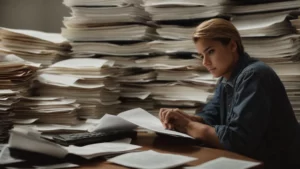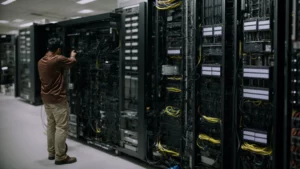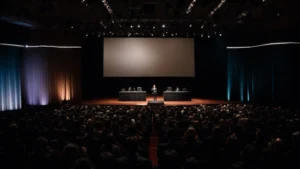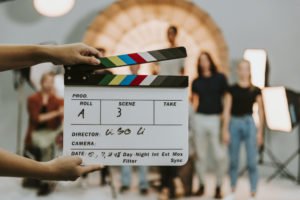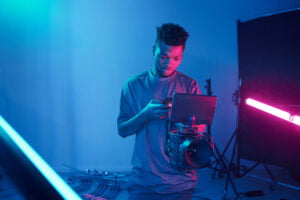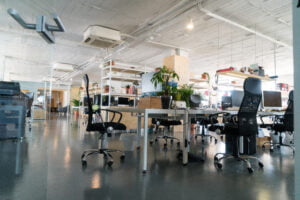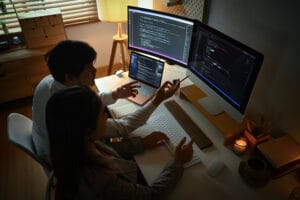Lights, Camera, VFX: Harnessing the Potential With In-Camera Techniques
In a world abundant in technology, filmmaking techniques are advancing at a remarkable speed. The film industry is evolving at a rapid pace, with virtual reality (VR), augmented reality (AR), and visual effects (VFX) taking center stage. Of these, the integration of VFX with traditional camera techniques is worth noting. Keep reading as we delve deeper into the nuances of in-camera VFX.
Understanding In-Camera VFX Techniques: A Step Toward Future Filmmaking

The dynamic field of movie production is always ripe with notable advancements and innovations. However, nothing quite compares to the latest advent—the marriage of traditional cameras with advanced VFX—dubbed as in-camera VFX.
In-camera VFX is a pioneering technique blending the physicality of real sets with digital extensions, thereby amplifying visual storytelling possibilities.
Using a traditional camera system, digitally-created elements visually seamless with practical elements are superimposed in real time. This groundbreaking fusion is essentially what makes in-camera VFX an essential video production game-changer.
As filmmakers continue to explore new horizons, this method is bound to become ubiquitous in filming circles around the globe.
The Power of VFX: Revolutionizing Moviemaking With In-Camera Techniques

The evolution of VFX over the years has been staggering. With the help of in-camera VFX techniques, filmmakers can now manipulate backgrounds and themes to create unparalleled visual experiences without physically transporting their setup.
The ability to incorporate real-time CGI components brings a layer of visual sophistication unparalleled to previous effects methods. It saves significant amounts of production time and reduces the risk of potential post-production issues as discrepancies are spotted during filming itself.
By fostering an interactive environment, directors, actors, and crew can visualize the final image instantly, enabling complete synchronization amongst the team and enhancing the overall shooting process.
Thus, the versatile in-camera VFX technique is resurrecting practical effects and making filmmaking faster, more efficient, and visually stunning.
Real-Time Benefits of Utilizing In-Camera VFX Techniques

The rapid trajectory of in-camera VFX techniques mirrors the film sector’s unquenchable thirst for technological advancement. The technology provides the filmmaking crew with a realistic representation of the final result on the spot, cutting down the lengthy ordeal of post-production effects implementations.
With the capability to create any environment imaginable, in-camera VFX furnishes filmmakers with a valuable tool to create seamless storytelling realities. It circumvents traditional limitations, thereby allowing directors to produce more immersive, visually appealing narratives.
Furthermore, the technological marvel provides an unprecedented blend of creative freedom and production efficiency. By implementing the digital components in real time, filmmakers can realize their vision of the set itself.
No longer does the crew need to wait for post-production. With in-camera VFX techniques, what you see is what you get. This real-time view immensely benefits the filmmaking process through seamless workflows and immediate visual verifications.
Learning the Basics: Getting Started With In-Camera VFX

Grasping the basics of in-camera VFX requires a deep understanding of both filmmaking and computer-generated imagery. You need a command over traditional camera systems and the new-age VFX technology working as a duo.
The effective application of this technique requires a remarkable grasp of both the technical and artistic aspects of film production—knowing how to use the software, understanding framing, lighting, and set design, and integrating this knowledge with the mastery of the in-camera VFX tool.
Taking the first step involves understanding that in-camera VFX is more of a tool than a substitute for traditional filming methods. It enhances and expands the existing methods, fostering higher levels of creativity and efficiency.
Thus, mastering the art of in-camera VFX involves generating a mind space that reconciles the creative capabilities of the physical camera with the technical prowess of VFX.
Overall, the integration of VFX with traditional camera techniques represents an important leap in the evolution of filmmaking. Its current success and potential future applications indicate that the in-camera VFX technique is set to redefine the boundaries of visual storytelling.

